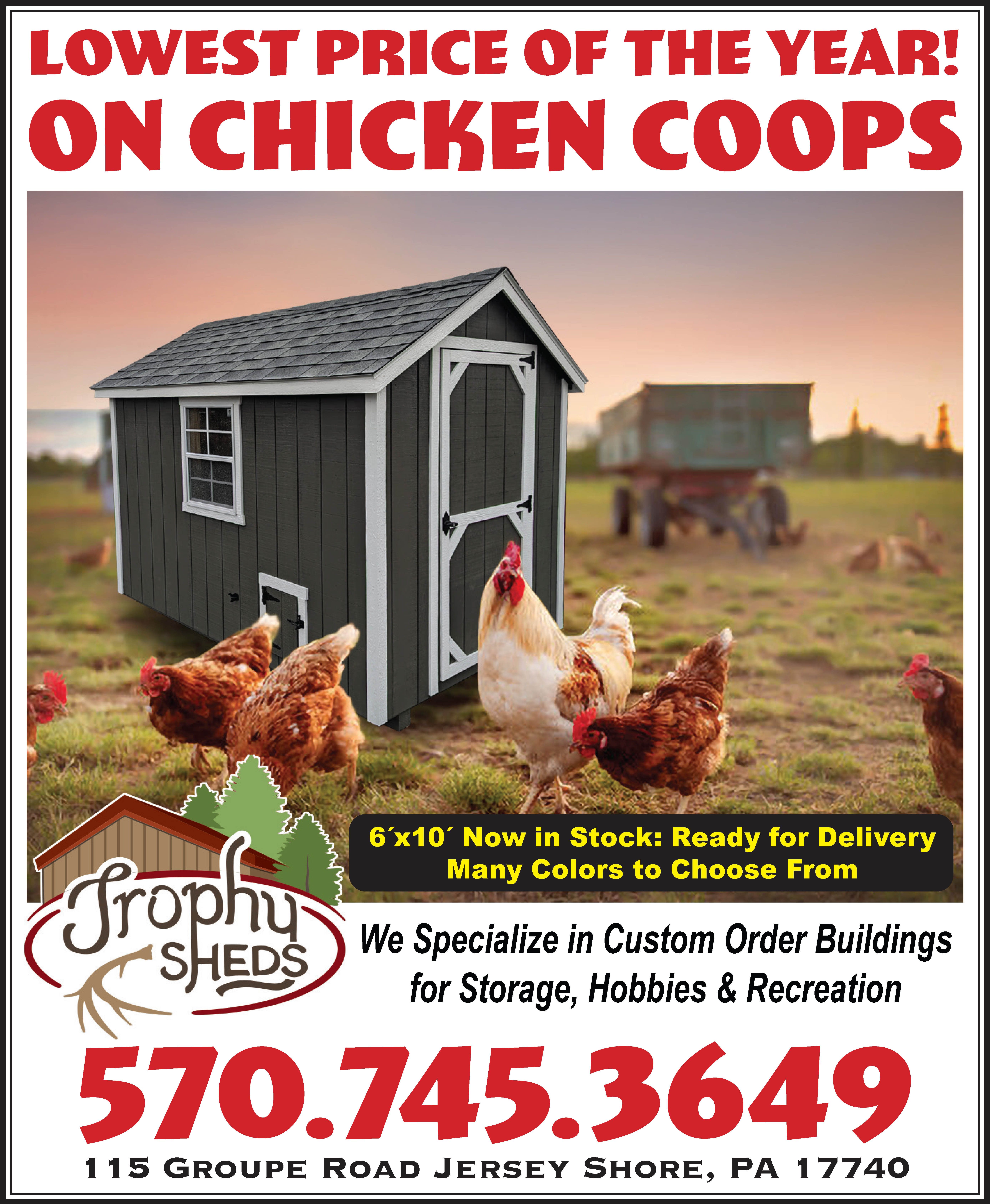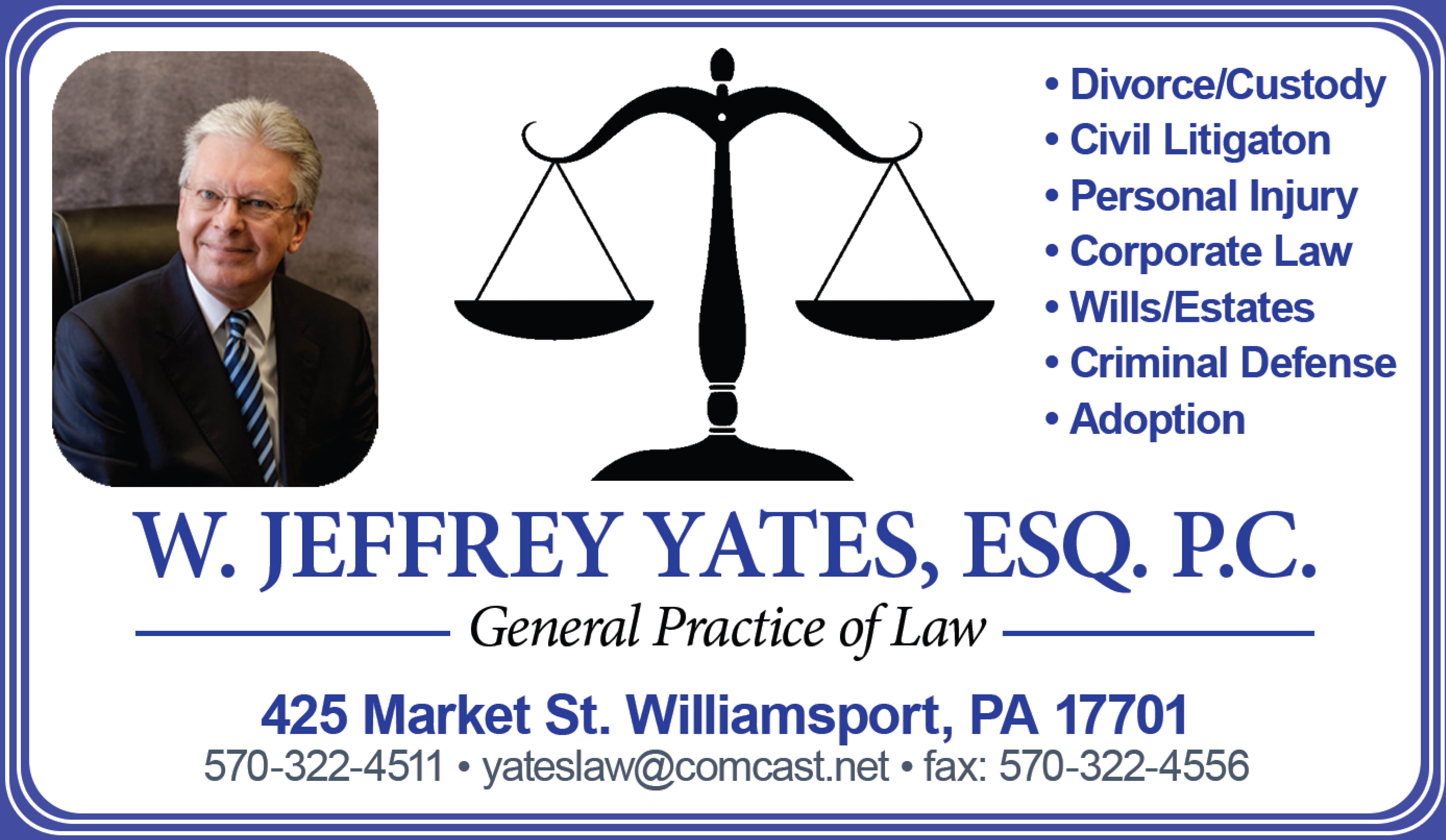When I look at how hunters prepare for deer hunting today and how they prepared years ago when I was a youngster, I see two very different approaches.
We now have longer deer seasons and more deer hunting opportunities, especially for bowhunters and muzzleloader enthusiasts. We also have new and better equipment that has added to the changes.
For example, the crossbow (I think it might be more appropriate to call it a “crossgun”) has added greatly to the number of deer that are taken during archery season. Another big factor is how land ownership has changed and how land is now carefully “managed” for deer hunting.
Back in the 60s, I became an avid hunter even though I grew up in a basically non-hunting family. We lived on the edge of town, but we owned no significant property other than the lot where our house was located. If you wanted to hunt, you did so on public lands, or if you knew a few people with property in wooded areas or they had farms, you occasionally got permission to hunt on their property. With very few exceptions through the years, that is basically how I hunted deer all my life, even to this day. Of course, there were many other hunters in the same boat, I know, because we constantly ran into each other on the public ground we were all hunting.
Grandpa has passed on and for the most part, so have the deer drives that would, on occasion, push deer over to a chunk of ground where I was able to hunt. Today’s deer hunts are conducted differently; we sit tight and don’t move around. With the multitude of elevated deer hunting stands, or should I say “deer hunting mini-cabins” on the market, sitting in the woods on a cold winter day can be downright comfortable. Today’s hunting apparel is lighter and warmer, making longer, more comfortable stays in the woods possible as well.
One of the most drastic changes to how we approach deer hunting is the invention of the trail camera. Before the trail camera, you did your scouting in person. Scouting creates its own problems; you want to know where the deer are and what they are doing, but intruding in their domain may well decrease opportunities for tagging a deer. There’s no doubt, the trail camera, if used properly, is a great asset but here again, it’s probably best utilized on private property. Today, landowners may well have a multitude of cameras tracking the deer day and night, and sometimes deer are watched year after year. In fact, in some cases, deer are seen so often they are given names; “Old Broken Right Brow Tine” may even be on the shooter’s list this year.
As I mentioned in the first paragraph, today’s deer, at least those on private property, are often managed. Food plots are the norm on many pieces of ground today, and if located in the middle of a large, wooded area can be a real drawing card. If you are hunting public grounds or even if you gain permission to hunt private grounds, the next best thing to a food plot is hunting the edge of the woods next to a farm field with corn, soybeans, or some other food source that deer may be hitting. Once the acorns start dropping, you may then want to change tactics.
While the approach to deer hunting has probably changed over the years, one thing has remained the same — the excitement that wells up when that buck makes its appearance.




Leave a Comment
Your email address will not be published. Required fields are marked with *